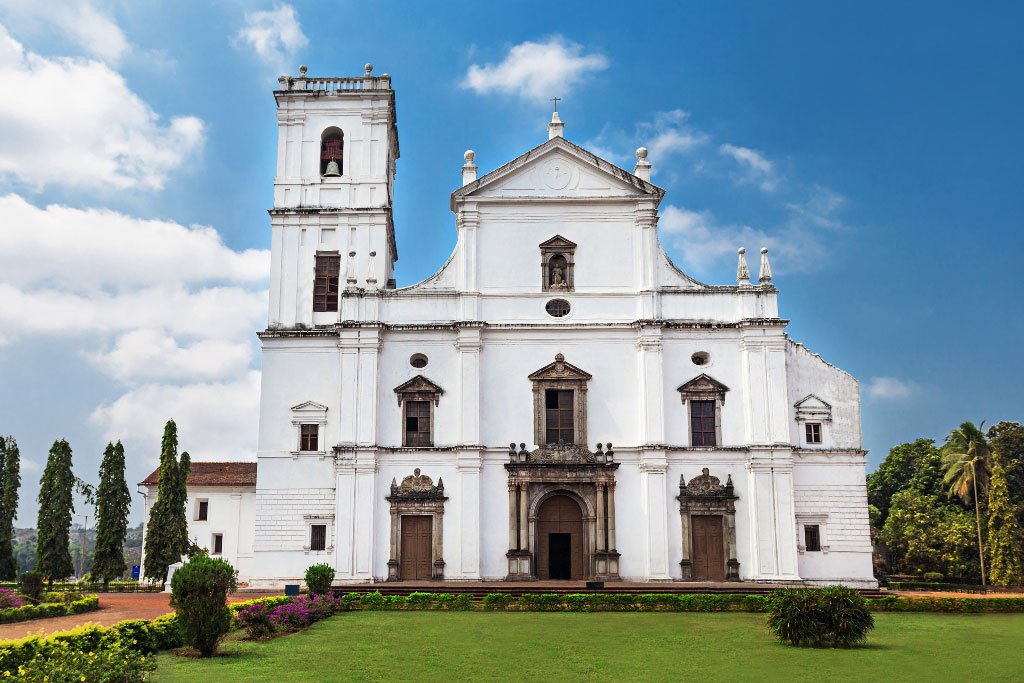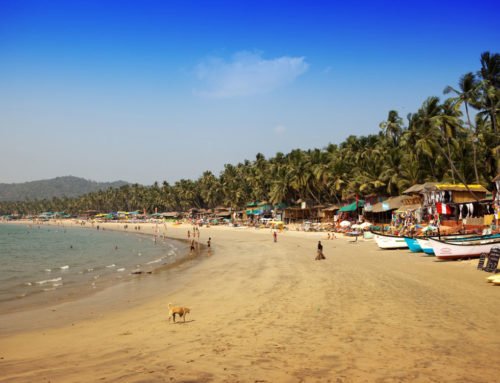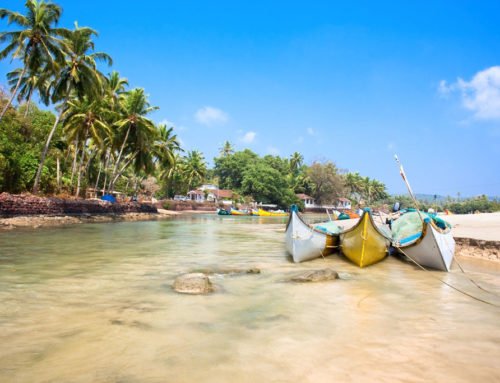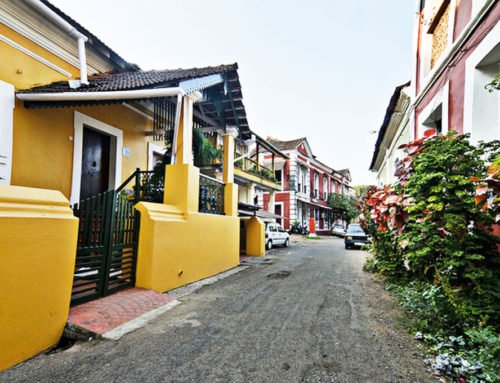Overview
- Features: Largest church in Asia
- Opening Times: 7am to 8pm, daily
- Best Time to Visit: Any day except Sunday
- Duration: 20 to 30 minutes
- Travelled By: Bus
- Cost: Free
- Address: Senate Square, Old Goa, Goa, India
- Type: Church
Author Reviews[display_rating_item_results rating_form_id=”2″ rating_entry_ids=”1″ show_category_filter=”false” show_options=”true” result_type=”star_rating” preserve_max_rating=”true” show_title=”false” show_count=”false” ]
Total Rating: [display_rating_result rating_form_id=”2″ show_count=”false” show_rich_snippets=true] [accordions load=”1″] [accordion title=”User Reviews” last] [display_rating_item_results rating_form_id=”5″ show_options=”true” result_type=”star_rating” preserve_max_rating=”true” show_title=”false” show_count=”true” show_rich_snippets=true] [/accordion] [accordion title=”Add Review”][display_rating_form show_email_input=”true” show_comment_textarea=”true” show_name_input=”true” rating_form_id=”5″] [/accordion] [/accordions]
Summary
The largest church in India and Asia, Se Cathedral is dedicated to St Catherine of Alexandria. As many as 15 altars grace the interior, but the pièce-de-résistance is the gilded high altar dedicated to St Catherine of Alexandria, with panel paintings depicting scenes from her life.
Se Cathedral Goa
Across the Senate Square sits the Se Cathedral de Santa Catarina, known as Se Cathedral, the largest church in India dedicated to St Catherine of Alexandria. One of the oldest and most celebrated religious buildings in Goa, the Cathedral is one of the largest churches in Asia, at 76m (250ft) long and 55m (181ft) wide.
The Se Cathedral was built to commemorate the victory of the Portuguese under Afonso de Albuquerque over a Muslim army, leading to the capture of the city of Goa in 1510. Since the day of the victory (25th November) happened to be on the feast of St Catherine, the cathedral was dedicated to her.
When ordered by the government in Portugal to build a church worthy of their mighty empire, Francis Coutinho (viceroy, 1561-4) envisaged a magnificent cathedral that would be the largest in Asia. The result is the Renaissance-style Sé Cathedral, commissioned in the 16th century by Governor George Cabral, and designed by Julio Simao and Ambrosio Argueiro. Built on the ruins of a mosque over 80 years, the actual construction of the church began in 1562 under the reign of King Dom Sebastião. The Cathedral was finally completed in 1619 and was consecrated in 1640.
The architectural style of the Se Cathedral is Portuguese-Manueline. The building is Tuscan outside and Corinthian inside, with a barrel-vaulted ceiling and east-facing main façade.
Its 30-m (98-ft) high Tuscan-style façade was flanked by two square bell towers, one of which collapsed in 1776 when it was struck by lightning; only one survives today. The remaining tower holds five bells including the Golden Bell (cast in Cuncolim in 1652), known for its melodic tones, which rang out during the dreaded auto da fé trials, held in the cathedral’s front square.
[singlepic id=1570 w=720 h=560 float=center]
The interior, with intricate Corinthian detailing, has a 76-m (249-ft) long central nave. The vast interior is divided into the barrel-vaulted nave with clerestory and two side aisles.
[singlepic id=1566 w=720 h=560 float=center]
On each side of the church are four chapels along the aisles; on the right, these are dedicated to St Anthony, St Bernard, the Cross of Miracles and the Holy Spirit, and on the left, starting at the entrance, to Our Lady of Virtues, St Sebastian, the Blessed Sacrament and Our Lady of Life. Two of the eight chapels, the Blessed Sacrament and the Cross of Miracles, have delicate filigree work on their screens. The clerestory windows are protected by a shield crowned by a balustrade to keep out the sun.
[singlepic id=1567 w=720 h=560 float=center]
[singlepic id=1571 w=720 h=560 float=center]
Within the screened Chapel of the Cross of Miracles, sits a cross said to have miraculously, and vastly, expanded in size after its creation by local shepherds in 1619, and where a vision of Christ is said to have appeared in 1919.
[singlepic id=1569 w=720 h=560 float=center]
The pièce-de-résistance of the Cathedral is the superbly gilded and painted main reredos (ornamental screen behind the altar) dedicated to St Catherine of Alexandria, with six splendid panel paintings depicting scenes from her life. She came to a sticky end in Alexandria, Egypt, where she was beheaded.
A granite baptismal font, near the entrance, was used by St Francis Xavier, the patron saint of Goa, since 1955 to baptize Goan converts. The sacred relics of his body, kept in the Basilica de Bom Jesus, are brought to the cathedral during the expositions held every ten years.







